The growing popularity of the metaverse, aka a 3D virtual world, and Web 3.0, has given momentum to transformative business activities. The metaverse started as a gaming environment and has proved to be a key growth driver in how brands interact with consumers, especially in the retail sector. The metaverse has paved the way for multiple models of engagement in the virtual world. It has encompassed the physical world into a digital reality with enhanced developments.
The rage of the metaverse has not limited itself to just the business world; the consumers are eagerly waiting for what’s in store in this dynamic virtual world. As per Gartner reports, 25% of people are predicted to spend approximately one hour per day in the metaverse by 2026 for shopping, entertainment, education, work, and more. But as we are currently exploring at a nascent stage, we first need to understand its implication in the retail sector. This industry is where consumers directly engage with the brand, and that experience is what makes or breaks a brand. The metaverse experience is the foundation for retailers to unveil new ways of engaging with their customers.
Global retailers like Zara and Nike and mega-luxury brands like Gucci and Balenciaga already hold a strong presence in the metaverse. Nike has created their own virtual space called NIKELAND within Roblox, an online virtual game, enabling gamers to explore its virtual range of sneakers. Not just that, in Roblox, a digital version of a Gucci bag sold for $4,115, outbidding the item's actual price in real life.
A virtual store’s curiosity and fun factor contribute to consumers interacting with the brand for longer. As per Emperia’s virtual store data, visitors spend 14 minutes, on average, browsing through a virtual showroom. Retailers have no reason to wait around to explore this opportunity.
A Boom for Online Retailers
According to a McKinsey survey, the metaverse industry is set to generate $5 trillion by 2030, of which an estimated $2 to $2.6 trillion will specifically impact e-commerce. E-commerce retailers have the advantage of customizing consumer experiences based on collected engagement data. The layout, colors, showcased products, interaction, etc., can be tailor-made for every user. Other advantages include:
- 3D experience of the product from home
- Consistent customer engagement throughout the globe
- Customized and personalized engagement
- Addition of a new sales challenge
As the business world explores the opportunities in the metaverse, the list of benefits is only going to move upward.
The strategy is to venture into the metaverse as an expansion of their physical showroom with fresh opportunities for engagement and branding. Offers and benefits can be designed around planned moments of virtual engagement and activities. Loyalty plans and subscriptions can be combined in the physical and virtual worlds.
As brands are jumping onto the metaverse bandwagon, it is safe to say that this shopping trend is going to capture online shoppers’ interests, just like the mobile shopping trend. The metaverse is here to scale the retail industry and build a new online and physical shopping era. Retailers should prepare to enter this new territory and do everything possible to catch up.
